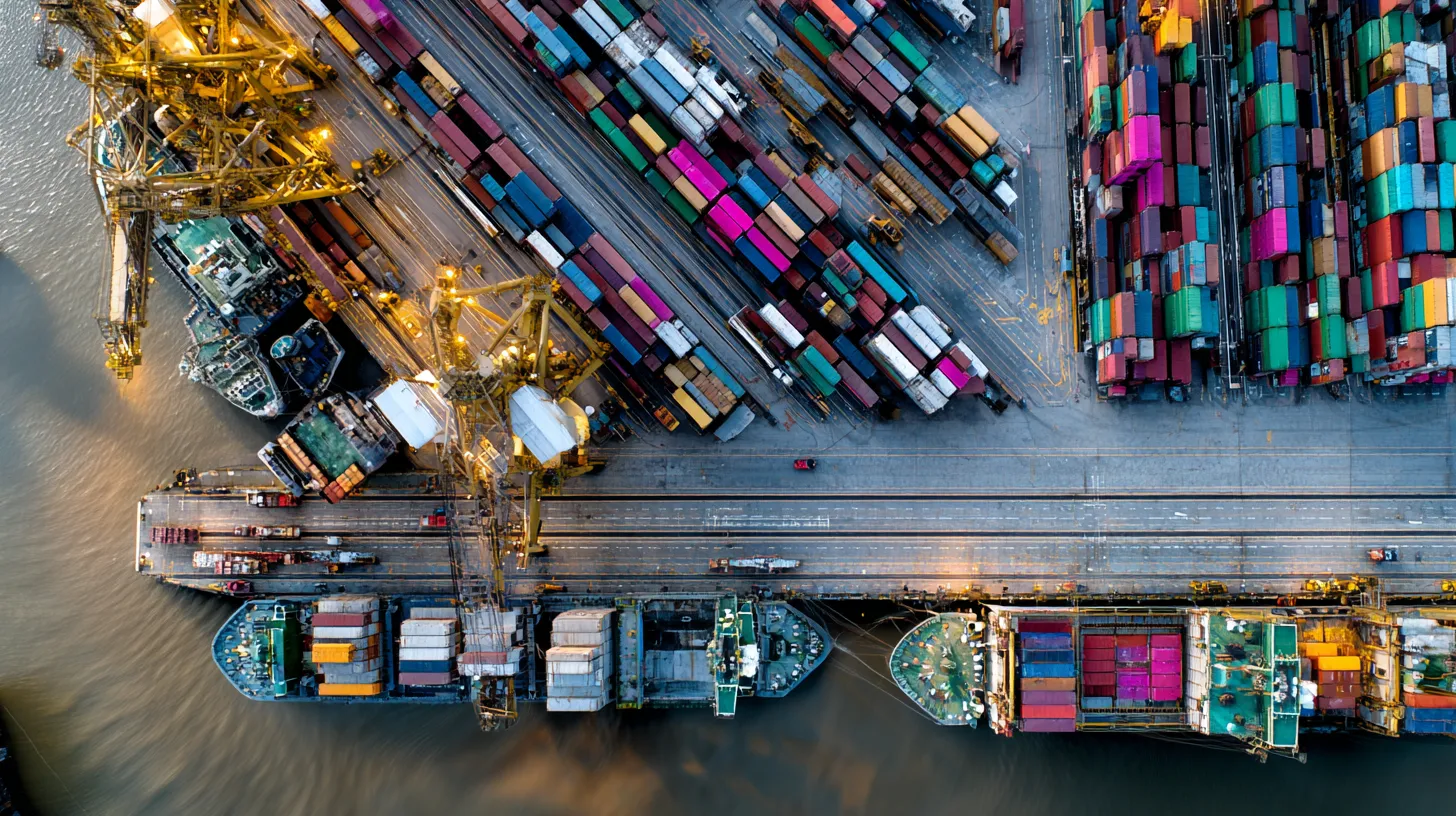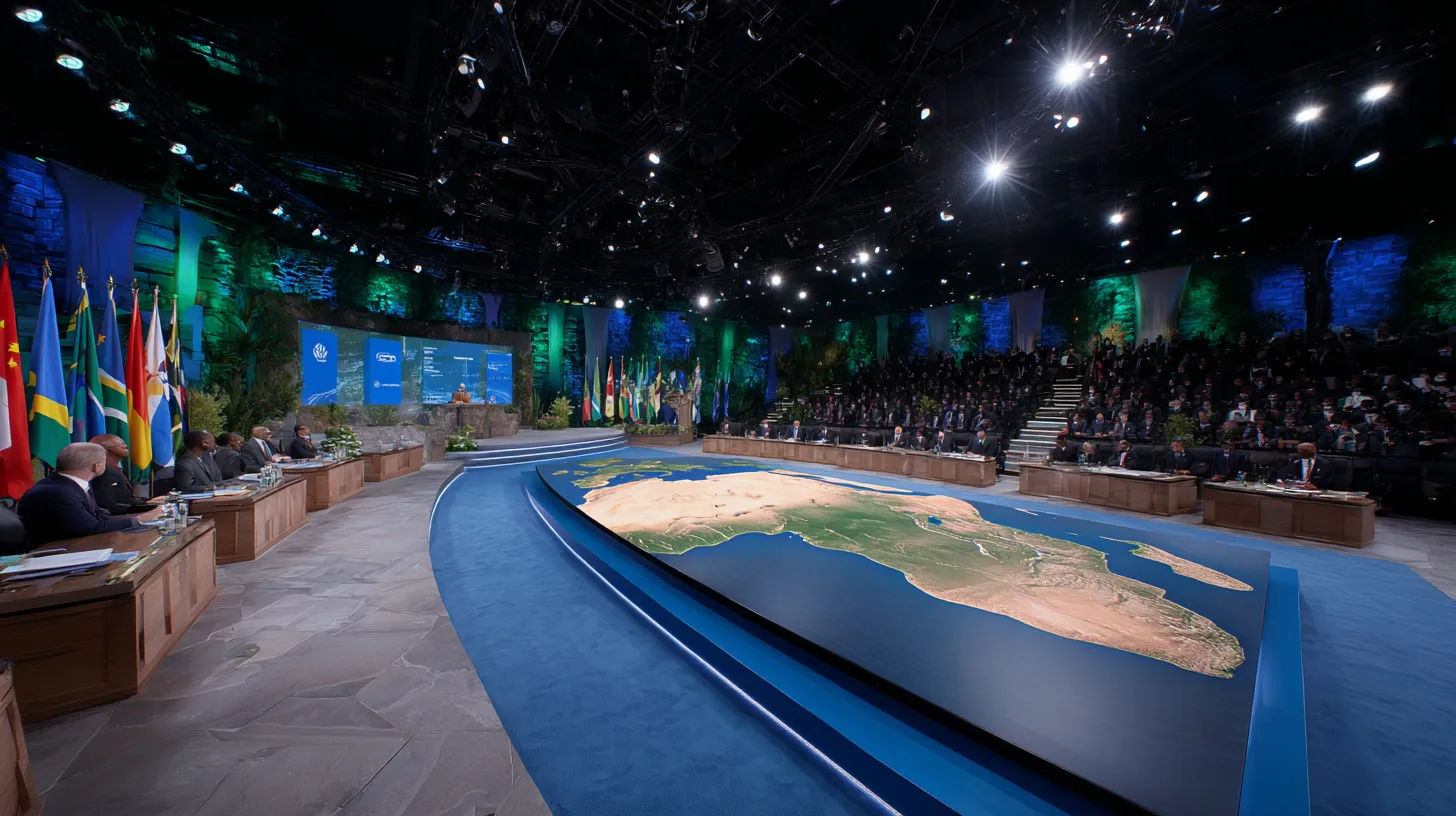The global container logistics industry is showing steady growth: in 2024, the container turnover of ports increased by 7%, reaching 928 million TEU. This is stated in the annual analytical report of Drewry, which tracks the development of the port market.
According to the study, the number of global terminal operators has decreased to 19: MOL, NYK and Yang Ming have left the rating, and ONE company has become a new player. At the same time, the largest operators, taking into account the share of equity participation, showed an increase in transshipment by 7.7%, which allowed them to increase their global market share from 48.9% to 49.2%.
PSA International remains the leader in terms of volume of transshipment, adjusted for participation, having handled 67.2 million TEU (+7.3%). The terminal divisions of MSC Group (TiL and AGL), CMA CGM (CMA Terminals and Terminal Link), and Hapag-Lloyd (Hanseatic Global Terminals) were among the companies that strengthened their positions. These so-called "hybrid operators", owned by large shipping lines, operate on terms close to independent operators (PSA International, China Merchants, DP World, Hutchison Ports), but have guaranteed volumes due to common ownership with carriers.
Eleanor Headland, Senior analyst at Drewry, noted that active expansion through mergers and acquisitions has become a key strategy for these companies. This is often the only way to enter saturated markets with well-established infrastructure. Thus, MSC and CMA CGM have significantly expanded their terminal portfolios over the past five years, using the profits generated during the pandemic to invest in cargo handling. This allowed them to control costs and productivity on key routes, as well as improve the interaction of marine and land networks.
Since 2019, CMA CGM has increased its transshipment volumes by 4.6 million TEU (+55%), MSC — by 14.1 million TEU (+47%). China Merchants Port Group showed an even greater increase of 19.7 million TEU (+48%), mainly due to increased participation in Chinese port groups. At the same time, MSC and CMA CGM have relied not only on scale, but also on geographical diversification, acquiring assets abroad.
At the same time, DP World's share-adjusted volumes remained unchanged due to the company's decision to monetize key assets, including the Jebel Ali terminal, and direct resources to the development of the shipping and logistics business. Nevertheless, DP World's total cargo turnover has grown by more than 16 million TEU in five years, exceeding the figures of a number of independent competitors.
According to Drewry forecasts, the global container turnover in 2025 will increase by another 4.8%, reaching 64 million TEU. This reflects the recovery of the industry after the pandemic, accompanied by an increase in projects to modernize and expand the port infrastructure.









